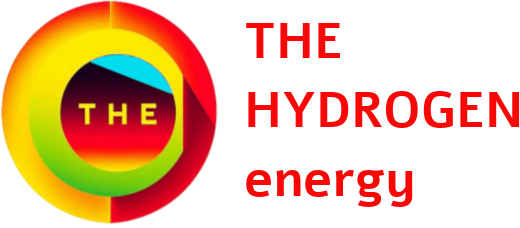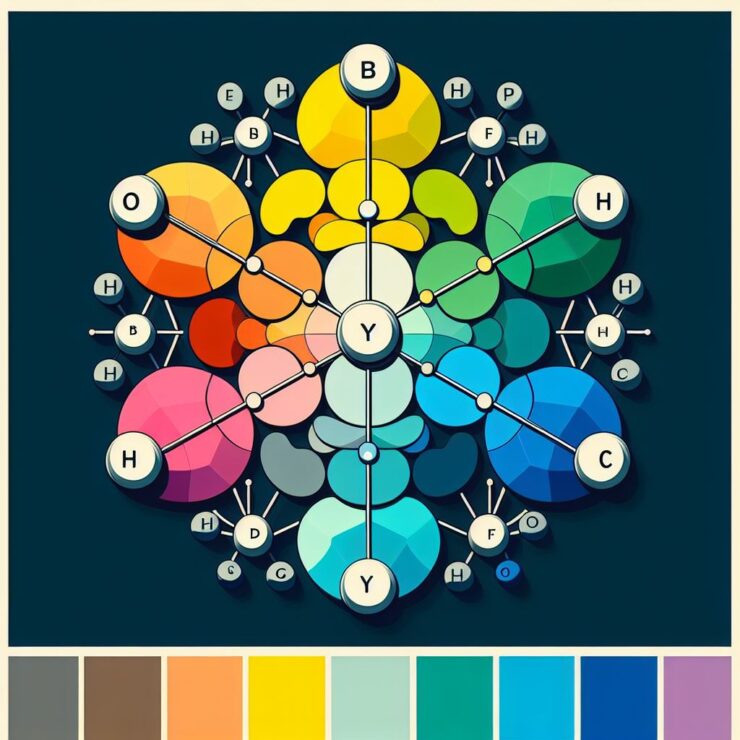Hydrogen Rainbow or Hydrogen colors, Yes, there exists a rainbow, a diverse spectrum of Hydrogen types! Colors or Codes or shades!
Hydrogen is always colorless, invisible at normal temperature or even liquefied or frozen metal!
Though most prevalent, abundant element in the universe, Hydrogen does not exist in nature (above the ground) by itself as it is highly reactive. Thus it must be manufactured produced or separated or extracted from other naturally occurring compounds, elements, reservoir hidden below Earth’s surface, biomass, all types of fossil fuels or water, etc.,
As global warming becomes severe day by day, the need for clean sustainable energy is inevitable. The world is seeing an extraordinary surge in efforts to realize hydrogen’s long-standing promise as a clean energy source. Hydrogen plays crucial role in the global transition to the clean energy or towards decarbonization of the industries towards net zero emissions.
Hydrogen colors, Hydrogen rainbow
There are many diverse ways of hydrogen production in the industry existing for decades. Hence there is a need to classify hydrogen by its production method, very importantly the energy consumption and greenhouse emissions mostly the carbon dioxide gas (CO2) and methane (CH4) during a production process. Depending on the production process, hydrogen is given a color, shade such as grey, brown, blue or green, etc like in the painting sector. This color coding scheme is called as the hydrogen rainbow or hydrogen spectrum or or color codes or simply hydrogen colors.
- irrespective of the color or production process, the same carbon-free molecule (H2) is produced in all the processes
- regardless of color, hydrogen from all methods, has exactly the same physical and chemical properties
- the color code is just for easy understanding and remembering easily the complex, diverse production methods
- the colors do not represent any scientific characteristics
- the colors used to identify the production processes have certain context specific meanings and some are really chosen randomly
- Hydrogen rainbow is a visual representation of the color spectrum, helping to explain the color scheme
However the energy requirements and greenhouse gas emissions for each of the production processes vary significantly. This aspect is very important and key to classify the production process for the net zero emission, sustainable clean energy industry.
Grey hydrogen is produced from natural gas (typically methane) by steam methane reforming (SMR) process. This is low cost, most common method of hydrogen production. Greenhouse gases (mostly CO2 here), made in the process are not captured. Thus no Carbon Capture, Utilisation and Storage (CCUS). Direct addition of greenhouse gases to atmosphere or water bodies.
Blue hydrogen is produced by the standard SMR process, same like gray hydrogen. However upto 95% of the CO2 is captured through Carbon Capture, Utilisation and Storage (CCUS) system. As the CO2 emissions from this process is not released into the atmosphere or water bodies, blue hydrogen is sometimes called as carbon neutral or low carbon hydrogen by some researchers.
Brown hydrogen is produced from brown color coal (lignite) using various gasification technologies which involves heating the coal. This is a low cost, most common method of hydrogen production. It produces toxic CO and CO2. No carbon capture or reduction of greenhouse gases (here CO2 mostly as CO reacts with water and produces CO2 and H2) emissions. If carbon capture is applied here for CO2 emission, the hydrogen produced becomes Blue Hydrogen
Black hydrogen is produced from black color coal (Bituminous) using the same gasification processes used for brown hydrogen production. No carbon capture. If carbon capture is applied for capturing the CO2 mostly, the hydrogen produced becomes Blue Hydrogen
White or geologic or natural hydrogen is extracted from the vast natural hidden hydrogen reservoirs under the surface of the earth or from the deep mines or ocean beds. This promises low cost and a game changer!
Turquoise hydrogen is produced from natural gas (has 70-90% Methane) through a process called methane pyrolysis. Use of high temperature decomposes methane directly into hydrogen and solid carbon. Solid carbon is known as synthetic graphite or carbon black used in numerous industrial applications. As it is solid carbon, no need to store in underground. This process has a very low carbon intensity.
Here electricity is used as the energy for direct heating and splitting methane, the entire process becomes carbon neutral if we use renewable electricity. Turquoise hydrogen looks very promising, could be a game changer for low carbon hydrogen production in comparison with green hydrogen production through electrolysis
Green hydrogen is produced by electrolysis of mostly pure water using renewable energy and very low emissions. It is high cost, as electrolyser cost is coming down, Green hydrogen is the key enabler for the global shift to sustainable clean energy and net-zero emissions economies
Yellow hydrogen is produced through electrolysis of water, from solar generated electricity. Hence technically a green hydrogen!
Gold hydrogen is a novel method of hydrogen production that involves injecting bacteria into depleted oil wells. These bacteria are capable of converting the residual hydrocarbons within these wells into CO2 and H2 gases. The hydrogen is then collected for use, while the CO2 is sequestered, making gold hydrogen a zero to negative carbon emission process. Gold hydrogen could cost much less, at a price of US$ 1/Kg or below. Hence Gold hydrogen is a game changer!
Pink or purple or red hydrogen is produced by electrolysis of water through nuclear power generated electricity or direct splitting the steam generated, using a catalyst and the heat produced from the nuclear reactor.
The hydrogen rainbow or hydrogen colors – The use of colors simplified the process of comprehension and keeping in mind easily of these potentially complex production systems, choosing the most beneficial options, and enhancing the understanding of a clean energy solution. This professional approach of hydrogen colors promotes comprehension and memory retention.
This article is Copyright protected







Add comment